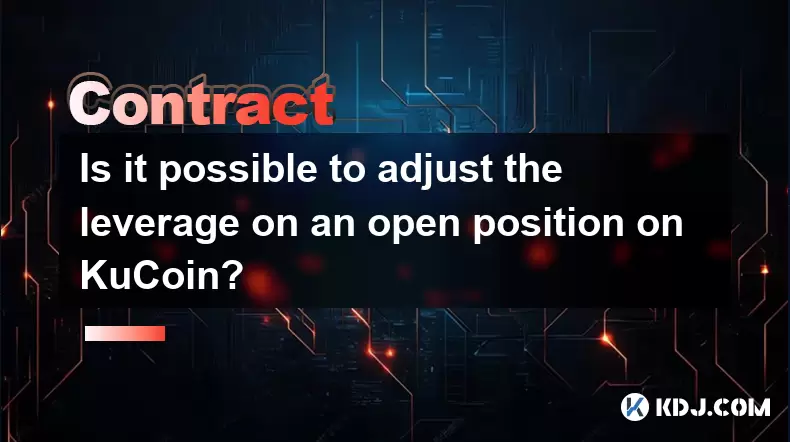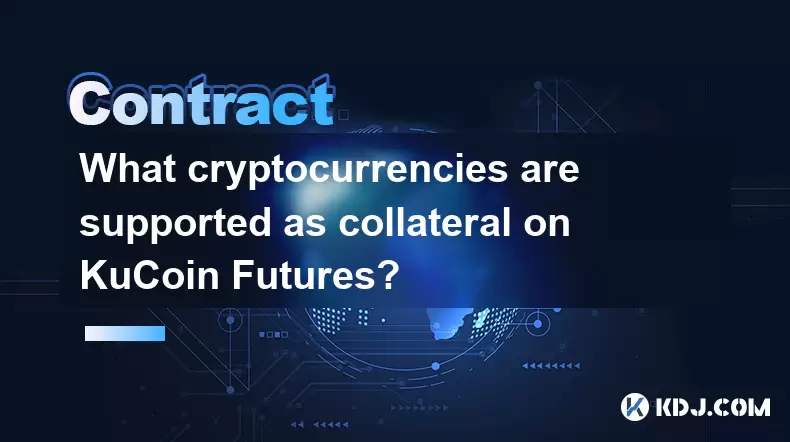-
 Bitcoin
Bitcoin $117800
0.49% -
 Ethereum
Ethereum $4432
0.55% -
 XRP
XRP $3.106
1.07% -
 Tether USDt
Tether USDt $1.001
0.01% -
 BNB
BNB $835.8
1.74% -
 Solana
Solana $189.1
2.72% -
 USDC
USDC $0.9999
-0.01% -
 Dogecoin
Dogecoin $0.2302
3.65% -
 TRON
TRON $0.3485
-0.69% -
 Cardano
Cardano $0.9212
-0.91% -
 Hyperliquid
Hyperliquid $46.97
1.45% -
 Chainlink
Chainlink $22.77
5.61% -
 Stellar
Stellar $0.4284
0.82% -
 Sui
Sui $3.766
2.82% -
 Bitcoin Cash
Bitcoin Cash $583.5
-0.82% -
 Ethena USDe
Ethena USDe $1.001
0.03% -
 Hedera
Hedera $0.2512
2.78% -
 Avalanche
Avalanche $24.18
2.27% -
 Litecoin
Litecoin $120.2
2.10% -
 Toncoin
Toncoin $3.450
1.96% -
 UNUS SED LEO
UNUS SED LEO $9.412
-0.92% -
 Shiba Inu
Shiba Inu $0.00001298
2.35% -
 Uniswap
Uniswap $10.99
3.75% -
 Polkadot
Polkadot $3.962
3.09% -
 Dai
Dai $1.000
0.00% -
 Bitget Token
Bitget Token $4.643
1.38% -
 Cronos
Cronos $0.1511
-0.08% -
 Ethena
Ethena $0.7246
3.18% -
 Monero
Monero $254.9
7.90% -
 Pepe
Pepe $0.00001100
3.32%
Will the Crypto.com perpetual contract liquidate?
Crypto.com perpetual contract liquidation is influenced by factors such as leverage, maintenance margin, mark price, funding rate, market liquidity, volatility, trading discipline, and system reliability.
Dec 02, 2024 at 02:42 pm

Will the Crypto.com Perpetual Contract Liquidate?
A Comprehensive Analysis of Factors Influencing Liquidation Risk
Introduction
In the dynamic landscape of cryptocurrency trading, understanding the potential for liquidation is crucial for risk management and preserving capital. Crypto.com's perpetual contracts offer traders a leveraged instrument, but come with inherent liquidation risks. This article aims to provide a thorough analysis of the factors that influence liquidation in Crypto.com's perpetual contracts.
Factors Influencing Liquidation
- Leverage Ratio:
The leverage ratio used in perpetual contracts amplifies both profits and losses. Higher leverage increases the potential for substantial gains, but also magnifies the risk of liquidation. Crypto.com offers leverage ratios ranging from 1x to 100x. Traders should carefully consider their risk tolerance and select a leverage level that aligns with their trading strategy.
- Maintenance Margin:
The maintenance margin is the minimum equity required in a perpetual contract position to avoid liquidation. When the account equity falls below the maintenance margin, the position will be liquidated to cover any losses. Crypto.com's maintenance margin varies depending on the leverage ratio used and the underlying asset.
- Mark Price:
The mark price is the reference price used to calculate the floating profit/loss (PnL) of a perpetual contract. When the mark price moves against the position's direction, the PnL will become negative and erode the account equity. Traders should monitor the mark price and adjust their positions accordingly to manage liquidation risk.
- Funding Rate:
Perpetual contracts have a mechanism called funding rate, which is paid or received by traders to ensure that the contract price remains in line with the spot price. When the funding rate is positive, long positions pay short positions, while the reverse is true when the funding rate is negative. A substantial increase in the funding rate can lead to forced liquidations if traders are on the wrong side of the funding rate.
- Market Liquidity:
Market liquidity is the availability of buyers and sellers at a given price. In highly volatile markets or during periods of low trading activity, liquidity may be thin, making it difficult to exit positions quickly. Thin liquidity can increase the risk of slippage, which can exacerbate losses and trigger liquidation.
- Volatility:
Cryptocurrency markets are inherently volatile, with sudden and significant price movements. Extreme price volatility can rapidly change the PnL of a perpetual contract position. Traders should develop trading strategies that account for volatility and mitigate the risk of fast liquidations.
- Trading Discipline:
Adhering to sound trading discipline is crucial for managing liquidation risk. Traders should stick to their trading plan, avoid emotional trading, and use stop-loss orders to limit losses. Proper risk management practices can help traders preserve capital and prevent catastrophic liquidations.
- System and Technology:
The reliability and stability of the trading platform are critical factors in minimizing liquidation risk. Crypto.com employs advanced technology and maintains high standards of system availability to ensure seamless trade execution. Traders should choose platforms with a proven track record of reliability and efficiency.
Conclusion
Liquidation is an inherent risk in perpetual contract trading on Crypto.com. By understanding the factors that influence liquidation, traders can implement appropriate risk management strategies to mitigate their exposure to forced liquidations. Careful consideration of leverage levels, maintenance margin monitoring, mark price tracking, funding rate management, attention to market liquidity, volatility mitigation, and adherence to trading discipline can enhance trader safety and improve the chances of successful trading outcomes.
Disclaimer:info@kdj.com
The information provided is not trading advice. kdj.com does not assume any responsibility for any investments made based on the information provided in this article. Cryptocurrencies are highly volatile and it is highly recommended that you invest with caution after thorough research!
If you believe that the content used on this website infringes your copyright, please contact us immediately (info@kdj.com) and we will delete it promptly.
- Kazakhstan's Crypto Leap: Bitcoin ETF and Central Asia's Digital Finance Future
- 2025-08-13 12:45:19
- BlockDAG Presale Blazes Past $371M: Fundraising Frenzy Fuels Crypto Sensation
- 2025-08-13 13:05:21
- Meme Coins: Chasing the 2025 Surge – Which Will Moonshot?
- 2025-08-13 10:25:23
- Bitcoin's Wild Ride: Rally, Pullback, and What's Next
- 2025-08-13 10:25:23
- Bitcoin, Bitmax, and Institutional Demand: A New Era of Crypto Investment
- 2025-08-13 10:45:12
- Solana, ROAM, and Airdrops: What's the Buzz in 2025?
- 2025-08-13 11:35:13
Related knowledge

Is it possible to adjust the leverage on an open position on KuCoin?
Aug 09,2025 at 08:21pm
Understanding Leverage in KuCoin Futures TradingLeverage in KuCoin Futures allows traders to amplify their exposure to price movements by borrowing fu...

What cryptocurrencies are supported as collateral on KuCoin Futures?
Aug 11,2025 at 04:21am
Overview of KuCoin Futures and Collateral MechanismKuCoin Futures is a derivatives trading platform that allows users to trade perpetual and delivery ...

What is the difference between realized and unrealized PNL on KuCoin?
Aug 09,2025 at 01:49am
Understanding Realized and Unrealized PNL on KuCoinWhen trading on KuCoin, especially in futures and perpetual contracts, understanding the distinctio...

What different order types are available to use on KuCoin Futures?
Aug 13,2025 at 11:35am
Understanding Order Types on KuCoin FuturesKuCoin Futures offers a comprehensive range of order types to accommodate different trading strategies and ...

How does KuCoin Futures compare against Binance Futures in terms of features?
Aug 09,2025 at 03:22am
Trading Interface and User ExperienceThe trading interface is a critical component when comparing KuCoin Futures and Binance Futures, as it directly i...

How can I manage risk when applying high leverage on KuCoin?
Aug 13,2025 at 11:35am
Understanding High Leverage and Its Implications on KuCoinHigh leverage in cryptocurrency trading allows users to control larger positions with a rela...

Is it possible to adjust the leverage on an open position on KuCoin?
Aug 09,2025 at 08:21pm
Understanding Leverage in KuCoin Futures TradingLeverage in KuCoin Futures allows traders to amplify their exposure to price movements by borrowing fu...

What cryptocurrencies are supported as collateral on KuCoin Futures?
Aug 11,2025 at 04:21am
Overview of KuCoin Futures and Collateral MechanismKuCoin Futures is a derivatives trading platform that allows users to trade perpetual and delivery ...

What is the difference between realized and unrealized PNL on KuCoin?
Aug 09,2025 at 01:49am
Understanding Realized and Unrealized PNL on KuCoinWhen trading on KuCoin, especially in futures and perpetual contracts, understanding the distinctio...

What different order types are available to use on KuCoin Futures?
Aug 13,2025 at 11:35am
Understanding Order Types on KuCoin FuturesKuCoin Futures offers a comprehensive range of order types to accommodate different trading strategies and ...

How does KuCoin Futures compare against Binance Futures in terms of features?
Aug 09,2025 at 03:22am
Trading Interface and User ExperienceThe trading interface is a critical component when comparing KuCoin Futures and Binance Futures, as it directly i...

How can I manage risk when applying high leverage on KuCoin?
Aug 13,2025 at 11:35am
Understanding High Leverage and Its Implications on KuCoinHigh leverage in cryptocurrency trading allows users to control larger positions with a rela...
See all articles

























































































